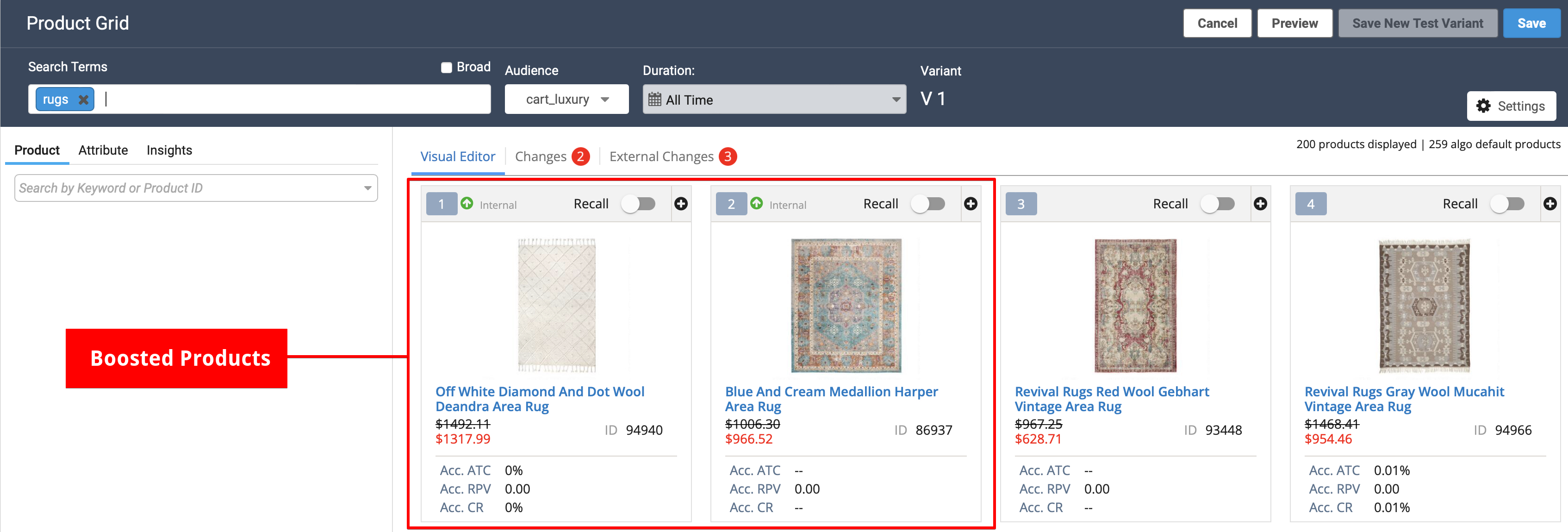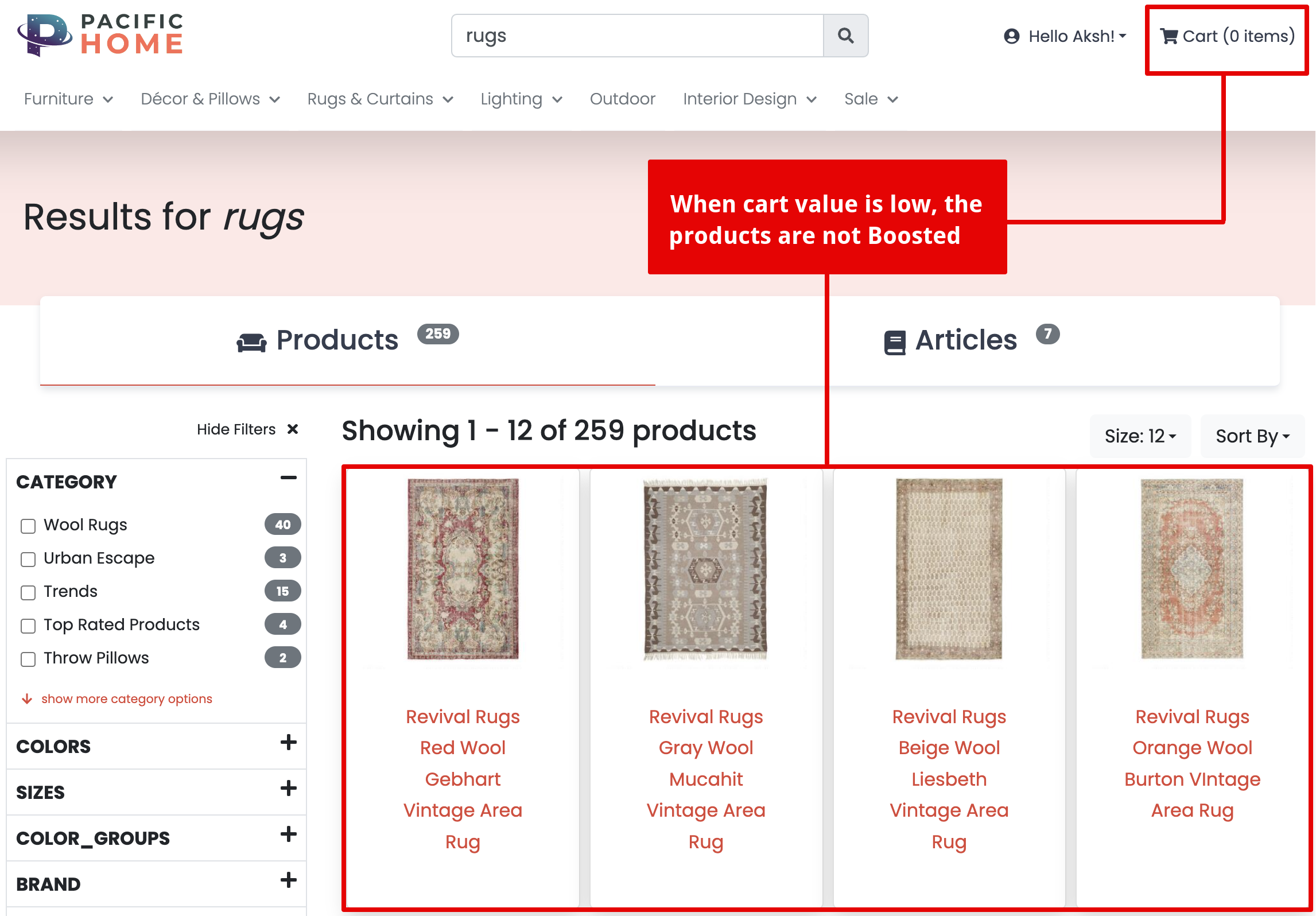Segmented merchandising
What is Segmented merchandising
This feature allows you to create personalized and targeted merchandising rules for highly specific segments of customers defined by real-time customer data attributes from your site.
Segmented merchandising combines Discovery’s broad Product Merchandising capabilities with Bloomreach Engagement’s rich customer data to get the best of both worlds.
How merchandising for segmentations can help your Business
Segmentations are targeted clusters of your site’s customers based on certain attributes derived from demographics, purchase history, site interactions, and other events.
Merchandising for these Segmentations allows Merchandisers to create more impactful, conversion-driven product grids by focusing on a particular group of customers and their demands or needs. This allows you to provide a highly personalized and tailor-made experience to the customers who are most likely to drive revenue. Personalized experiences also help build brand loyalty among your customers.
Segmented merchandising also makes Campaign-based merchandising much easier, allowing you to boost and highlight products only for shoppers targeted by a certain campaign.
It provides a more in-depth way of targeted merchandising by offering more control over the target audience. Creating diverse Segmentation clusters using a variety of data points gives more flexibility to the Audiences for your merchandising rules.
Use case example
In this section, we’ll go through a real-world use case example illustrating the practical application of the Segmented merchandising feature.
Let’s consider a scenario where an online retail store wants to boost some newly launched luxury items to be visible to only those customers who are most likely to buy them.
Due to their high price range, it might not be the best idea to boost these products for all customers. Moreover, it might have a negative impact on the customers looking for budget options, possibly even leading them to bounce.
To identify the right customers to target, we’ll create a cluster of luxury customers based on their current cart value. If their cart value is above our defined price, they will be considered under the luxury segment.
Once the appropriate group of customers has been selected, we can simply create a merchandising rule for these customers using the Segmented merchandising feature and boost our new luxury products only for them.
The screenshot below shows a Segmented merchandising rule for luxury customers, where we are boosting two luxury rugs to appear first:

As you can see, when the user has a high cart value, they are shown the boosted rugs at top since they fall under the luxury segment:

For another user, whose cart is empty, the luxury items are not displayed:

Updated 4 months ago
